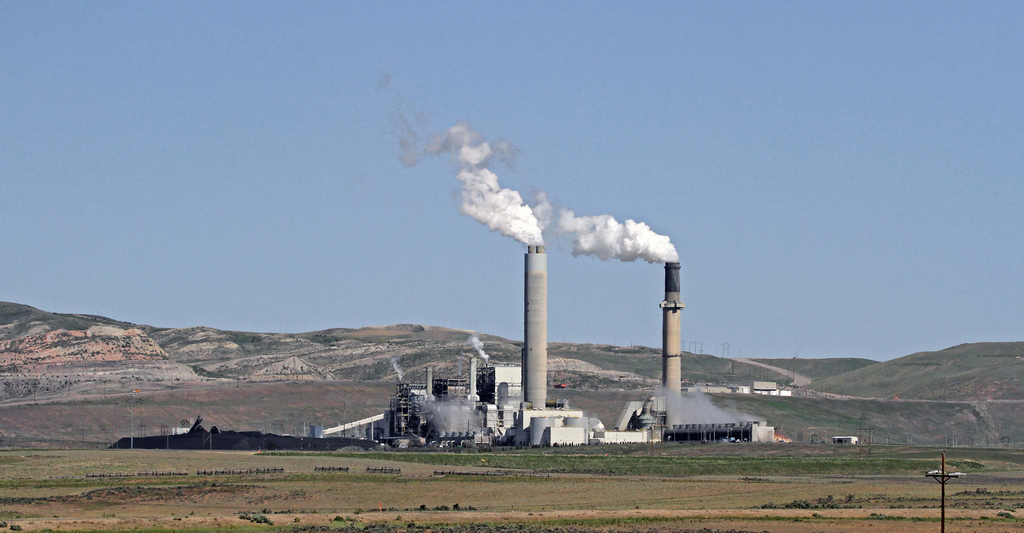
By Nicole Pollack
Casper Star-Tribune
Via- Wyoming News Exchange
CASPER — Coal plant retirements in Wyoming and other Colorado River Basin states offer communities in the parched West a rare opportunity to reallocate their water resources, researchers at Arizona State University announced Monday.
A first-of-its-kind report found that 37 coal facilities in the Colorado River Basin use roughly 131,130 acre-feet of water per year — about three-fourths of the capacity of Alcova Reservoir — and hold the rights to closer to 1.8 million acre-feet.
Nearly all of the coal industry’s actual water demand comes from power plants.
The report did not consider whether any of the water consumed by coal plants or mines was later returned to its source.
Coal facilities owned by PacifiCorp, parent company of Rocky Mountain Power, Wyoming’s largest electric utility, are linked to water rights totaling 490,000 acre-feet across Wyoming, Utah and Colorado, according to the report.
PacifiCorp currently intends to stop using coal at all of its power plants, and cease operations at many of them, before 2040.
“Any plant that’s using surface water essentially means that there’s an opportunity for that surface water to be put to another use when the plant is closed,” said Sarah Porter, director of the university’s Kyl Center for Water Policy.
Water has always been a finite resource in the Colorado River Basin. But the region’s severe drought, exacerbated by climate change, has caused water levels in the lower part of the basin to drop alarmingly low, potentially prompting federal regulators to impose supply cuts or other restrictions in the near future.
“In a lot of communities, a relatively small amount of water can do a lot — can provide a lot more economic opportunity or water security,” Porter said.
PacifiCorp’s two Wyoming coal plants in the Colorado River Basin, the Naughton plant in Kemmerer and Jim Bridger near Rock Springs, use a combined 29,300 acre-feet of surface and groundwater annually and afford PacifiCorp the water rights to almost 145,000 acre-feet, the researchers found.
Naughton’s remaining coal units are set to retire in 2025, while two of the four Jim Bridger units are scheduled for conversion to natural gas within the next couple of years.
PacifiCorp currently expects to keep Jim Bridger’s other coal units open through 2037. (Coal plants outside the Colorado River Basin, including PacifiCorp’s Wyodak and Dave Johnston power plants, were not included in the report.)
“Most river systems in the American West are fully allocated,” Porter said. “It takes something like a plant closure, or some other kind of big change, for substantial water supplies to become available. So when those things happen, it’s an opportunity to think about, ‘How do we want to go forward?’”
In Wyoming, she said, a discussion about water rights might address “whether energy production is what that community wants to continue to do.”
A substantial share of the water rights associated with the Naughton plant, for example, is likely to be needed for the next-generation nuclear reactor that developer TerraPower aims to begin operating at the site by 2028.
The authors stopped short of offering recommendations to communities with water rights eligible to be repurposed in the coming years, Porter said, because “they’re in the best position to make that determination, and they know what they want to become better than anyone else.”
She hopes future research will be able to provide more support for localized decisions about water use.
Monday’s report, she said, was aimed at “making the information available to a broader audience … giving them a little bit of control of their destiny.”




